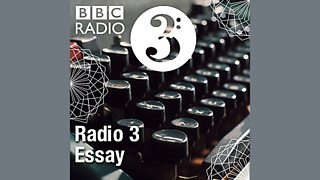Minds at War: Sean O'Casey's The Silver Tassie
Minds at War: Exploring how Irish artists were influenced by the First World War. 5/5. Playwright and academic Elizabeth Kuti explores Sean O'Casey's play The Silver Tassie.
How great artists and thinkers responded to the First World War in individual works of art.
To mark the centenary of the Easter Rising, this series of Minds at War explores how Irish artists were influenced by the First World War.
5. Playwright and academic Elizabeth Kuti explores Sean O'Casey's "The Silver Tassie"
Sean O' Casey's breakthrough came when his play "The Shadow of a Gunman" was accepted by W.B. Yeats at the Abbey, Ireland's national theatre, and received a rapturous response from audiences and critics in 1923. A year later, his subsequent play, "Juno and the Paycock" got an even more enthusiastic reception and in 1926 "The Plough and the Stars" was also highly praised.
But when O'Casey showed "The Silver Tassie" to Yeats, the reaction was furious. Yeats claimed that O''Casey had no direct experience of, or interest in the war. O'Casey hit back, saying that, even though he had not been on the battlefield, he had seen for himself the horrific after-effects of the conflict. In The Silver Tassie, he chose a hero, Harry, who begins the play as a sporting hero and, after serving as a soldier, ends up in a wheelchair, watching his sweetheart betray him with another man.
Elizabeth Kuti explores how O'Casey weaves the themes of war, life, death, heroism and victimhood into the play and also analyses the way in which it acted as a precursor for subsequent war drama.
Producer: Emma Kingsley.
Last on
More episodes
Next
You are at the last episode
Broadcast
- Fri 15 Apr 2016 22:45大象传媒 Radio 3
Death in Trieste
Watch: My Deaf World
The Book that Changed Me
Five figures from the arts and science introduce books that changed their lives and work.
Podcast
-
![]()
The Essay
Essays from leading writers on arts, history, philosophy, science, religion and beyond.





